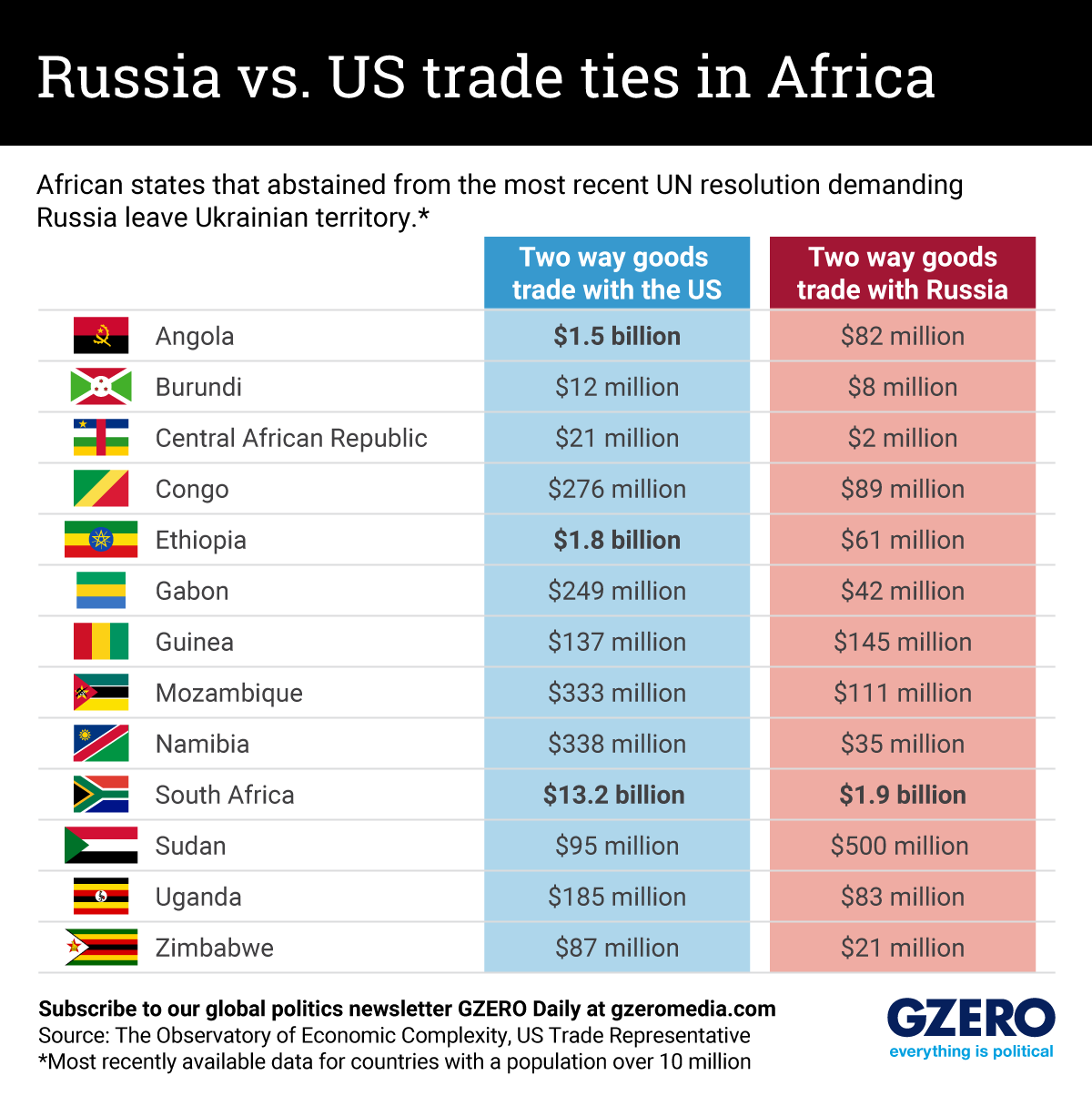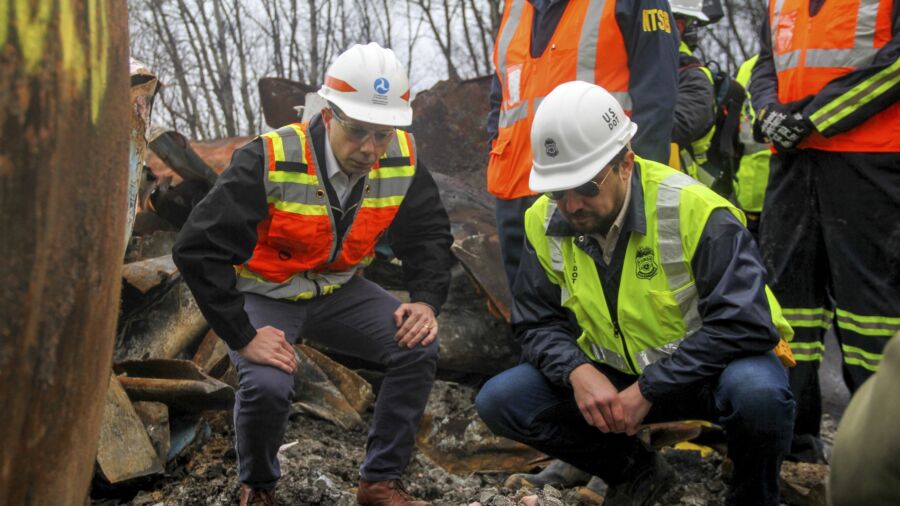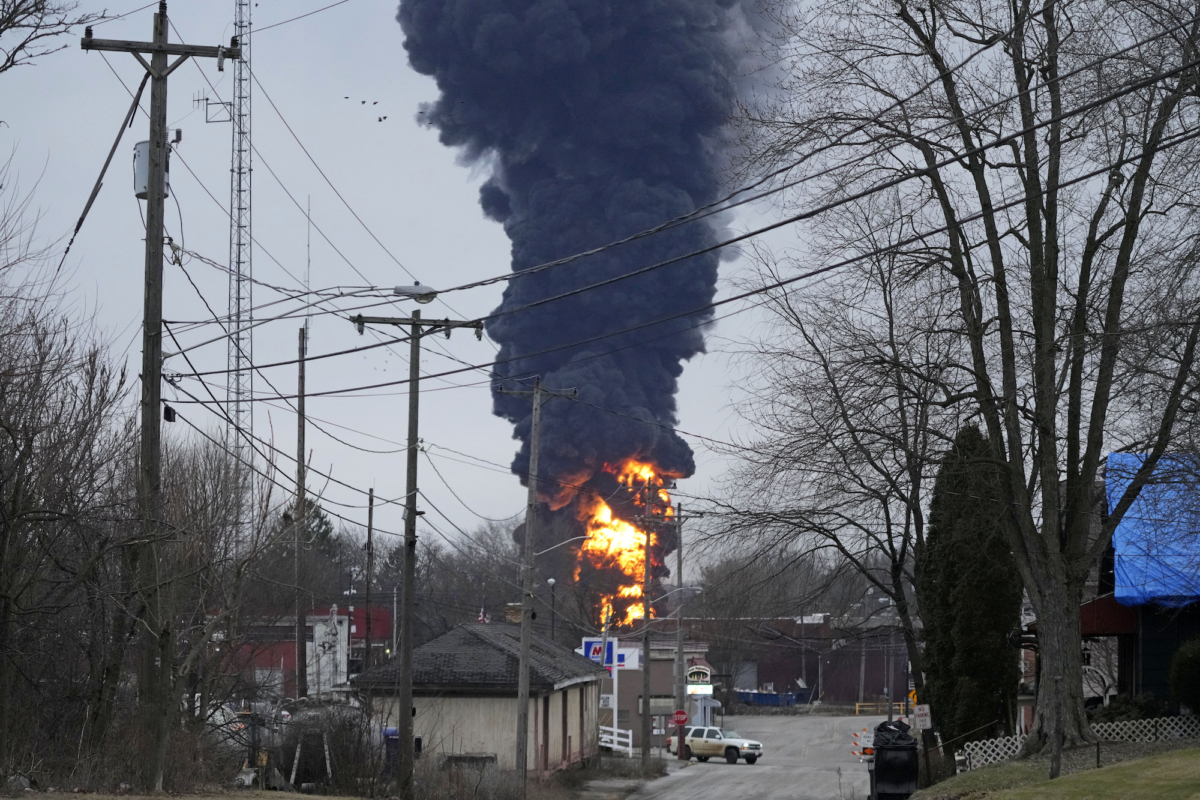Clues about the northeast’s past and future climate from plant fossils
The warmer, wetter, and homogenous climate of the past may soon return for the eastern seaboard.
Peer-Reviewed PublicationAncient climates can help us understand the past, but also the future. 23 million years ago, in a time called the Miocene Epoch, Connecticut was around five to six degrees warmer than today and located roughly where Long Island is now. By the end of the Miocene, around five million years ago the earth had gradually cooled, Antarctica was glaciated, and there was some Arctic ice as well.
This cooling scenario moved in the opposite direction of today’s changing climate. One difference UConn Department of Earth Sciences Assistant Professor in Residence Tammo Reichgelt points out is that in the past, these changes happened gradually, spaced out over 18 million years rather than over just a few hundred years like with the current pace of global warming. The Miocene may still give us insight into what is in store for us in a warmer future.
Reichgelt leads a team of researchers including Department of Earth Sciences Assistant Professor Ran Feng, Aly Baumgartner from Fort Hays State University, and Debra A. Willard from the US Geological Survey who are working to understand the details of the climate for this ancient time for the eastern portion of the United States, which unfortunately is a blank spot on paleo-climate maps, says Reichgelt. These gaps are due to fewer fossil-rich areas in the east, likely due to a combination of glacial erosion and a lack of sedimentary basins where materials could be deposited. They published their most recent findings in Global and Planetary Change.
Faced with the challenge of the rarity of fossils for the region, Reichgelt and his co-authors pulled together as much fossil information as they could from sites along the east coast, from plant macrofossils including the remains of leaves, fruits, and flowers along with microfossils, such as pollen and spores.
“We have a scattering of different fossil localities all along the eastern seaboard, from Louisiana to Vermont, but nothing continuous,” says Reichgelt. “It immediately creates an already checkered picture, but it doesn't necessarily mean there's nothing interesting going on, it just makes it harder to interpret.”
A plant’s characteristics reflect the climate it grew in; therefore, plants are a powerful proxy to decipher what climatic conditions were like. As a paleobotanist, Reichgelt uses these clues from fossilized plants to reconstruct the details of ancient climates.
With the fossil data, the researchers pieced together the paleoclimate by looking at the modern-day plant distribution of the nearest living relatives to fossils found at each site. This information allowed the researchers to create the best overlapping range of where the plants could grow in today’s conditions.
“In some of these localities, there were tropical elements, such as pollen of the sapodilla family (Sapotaceae) in Massachusetts. It is much too cold for those types of plants at those locations today, which suggests that it was quite a bit warmer. We quantified it and created a best-fit envelope of what the climate was like, and it gives us ranges with an uncertainty of about two degrees.”
Reichgelt explains that the picture the data revealed is quite unexpected. They divided the data into two different time intervals, the warmer early to middle Miocene, and the late Miocene when it was cooling and getting closer to current climatic conditions.
Interestingly, there was very little temperature difference between the fossil flora from Vermont and those from Florida, says Reichgelt during the earlier time interval. In this globally warmer climate of the early Miocene, the eastern seaboard seems to have had a generally homogenous climate, with warmer and wetter conditions for the northeast and conditions that appear to be not unlike those of the southeast today.
Reichgelt says the data also indicate a pronounced difference in rainfall seasonality across the whole area, more so than what we see now.
Feng modeled climatic conditions for the Miocene and the team compared the models to the palaeobotanical reconstruction. The reconstructed climate data was consistent with models in terms of rainfall, however, modeled temperatures were higher than what is indicated by the fossil data.
“The question arises, could there be something that's influencing the plant reconstructions? Or could there be something influencing the model reconstructions? Long story short, heat transport systems such as ocean currents or storm systems along the eastern seaboard could transport water and heat from the low latitudes toward the high latitudes, in a much more efficient way than today. Since we only have evidence from land, it's very speculative,” says Reichgelt.
Modeling is an iterative process and mismatches between the models and the proxy data sometimes occur, but Feng and Reichgelt are part of a community effort to investigate the skill of models in simulating Miocene climate and the causes for the discrepancies between models and geological data. Reichgelt says the information here will most certainly be incorporated into validating and improving the models.
Reichgelt compared the findings to modern climate change scenarios which project an increase in rainfall seasonality as we proceed through the 21st century, where the northeast is expected to have increases in drought risk, increases in annual precipitation, and increases in extreme precipitation events, consistent with the results in the paper.
As the climate continues to change, the paleoclimate reconstruction data suggest we could start to see a homogenizing of the climate along the eastern seaboard where the seasonality of temperature looks a lot like what you would see in the southeast, says Reichgelt, for instance where northern winters are much warmer and like southeastern winters.
The warm winter we are currently experiencing in the northeast is a typical feature of the early-middle Miocene and may become more frequent in the future, says Feng.
Reichgelt adds another interesting finding related to the types of vegetation they analyzed, which were anything but homogenous in such a homogenous climate.
“The vegetation was extremely checkered. We do know that it was consistently forested, just like it is today, but with all sorts of different forest types. The reason why that's important is that in the west and central part of the continent during the Miocene, there was a huge transition from forest to grasslands and that doesn't seem to happen in the east.”
Investigating why this is the case is something that Reichgelt hopes to dig into in future studies.
As for what we should glean from this study, Reichgelt says it was amazing to find so much overlap between the Miocene and observed and modeled predictions for the changing climate of the eastern United States.
“From the increased precipitation, the northward amplification of climate change effects, and the changes in seasonal rainfall, the warmer world of the Miocene seems to be a remarkably good analog for the future.”
JOURNAL
Global and Planetary Change
METHOD OF RESEARCH
Experimental study
SUBJECT OF RESEARCH
Not applicable
ARTICLE TITLE
Poleward amplification, seasonal rainfall and forest heterogeneity in the Miocene of the eastern USA











